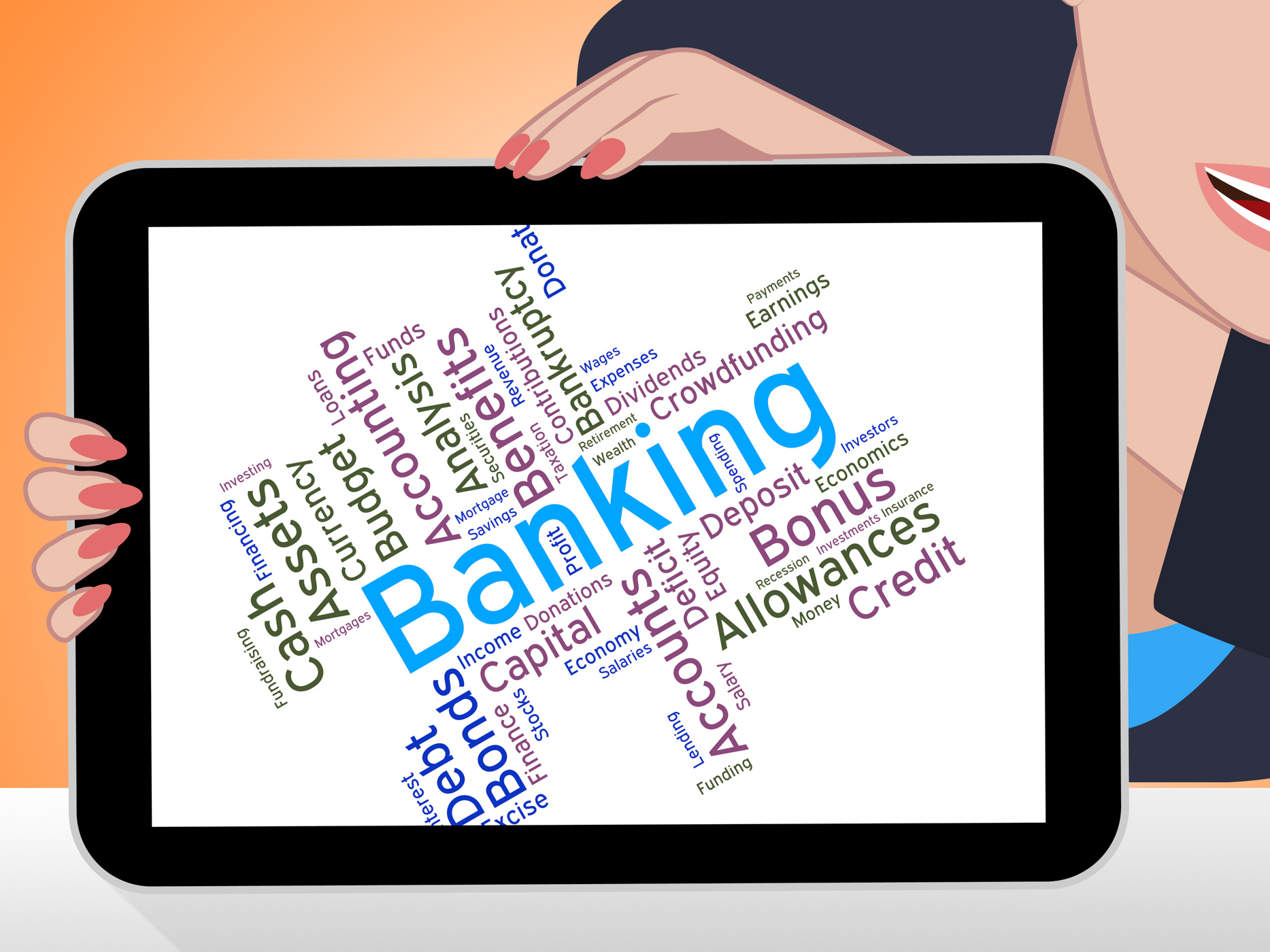As the summer heats up, so does the debate surrounding the Federal Reserve’s decision to implement a moderate rate increase. While some are apprehensive about the economic uncertainty that surrounds us, others believe this move is necessary for financial stability in these tumultuous times. Join us as we delve into Summers’ insights on why the Fed made this choice and what it could mean for our economy moving forward. Get ready to learn all about this hot topic and find out whether or not you should feel optimistic or cautious about these developments!
The Fed’s Decision
In December, the Federal Reserve raised rates for the first time in nearly a decade. The decision was not an easy one, and it was met with plenty of criticism from those who felt that the economy was still too weak to handle higher rates.
Yet, in the end, the Fed decided that a moderate rate increase was necessary in order to keep inflation in check. And so far, it appears that their decision is paying off.
The economy has continued to grow at a steady pace, unemployment remains low, and inflation has remained relatively tame. Granted, there are still plenty of challenges that remain – namely, wage growth and economic inequality – but the Fed’s decision has helped to set the stage for continued growth in the months and years ahead.
Economic Uncertainty
The Federal Reserve’s decision to moderately raise rates amidst economic uncertainty has been upheld by Summers. He cites the current state of the economy as the primary reason for this decision, noting that growth is strong, unemployment is low, and inflation is under control. While there are some risks to the outlook, he believes these are manageable and do not warrant a more aggressive rate increase.
The Pros and Cons of the Rate Increase
The U.S. Federal Reserve’s decision to raise interest rates for the first time in nearly a decade was a widely anticipated move that had been in the works for months. But as the Fed finally made its move on December 16, 2015, global markets reacted with uncertainty and volatility.
In the wake of the Fed’s rate increase announcement, it’s important to understand both the potential positives and negatives of this decision. On the one hand, the Fed’s action could be seen as a vote of confidence in the U.S. economy – after years of near-zero rates, policymakers believe that growth is strong enough to handle slightly higher borrowing costs. This could lead to even more economic activity and job creation in 2016.
On the other hand, there are concerns that raising rates too quickly could derail the recovery and send shockwaves through global markets. There is also worry that inflation could pick up more than expected if wages start to rise more rapidly – which would ultimately hurt consumers’ purchasing power.
So what does this all mean for you? If you’re considering making some big financial moves in 2016 – like buying a house or taking out a loan – it’s important to understand how higher interest rates could impact your plans. Weighing the pros and cons of the Fed’s decision will help you make informed choices about your own finances in the coming year.
What This Means for You
The Federal Reserve’s decision to raise interest rates for the second time in three months was widely expected. But what does it mean for you?
If you have a variable-rate mortgage, your monthly payments will go up. And if you’re thinking of buying a home, know that higher rates will add to your monthly mortgage payment. If you have credit card debt, the rate on your cards will likely increase, too.
On the flip side, if you’re saving for retirement in a 401(k) or other interest-bearing account, you’ll see your money grow more quickly as rates rise. That’s because banks will pay more to borrow money from savers like you.
In the end, the Fed’s decision is good news for savers and bad news for borrowers. So whether rates go up or down, it’s always a good idea to keep an eye on your finances and make sure you’re staying ahead of the game.
Conclusion
In conclusion, Janet Yellen’s decision to increase interest rates was supported by Stanley Fischer and argued for by John Summers. It is clear that the moderate rate increase amidst economic uncertainty will be beneficial for the US in the long-term as it seeks to support sustainable economic growth. At a time of great volatility and political turmoil, it is comforting to know that our leaders are looking towards solutions which can drive us forward into a brighter future!










